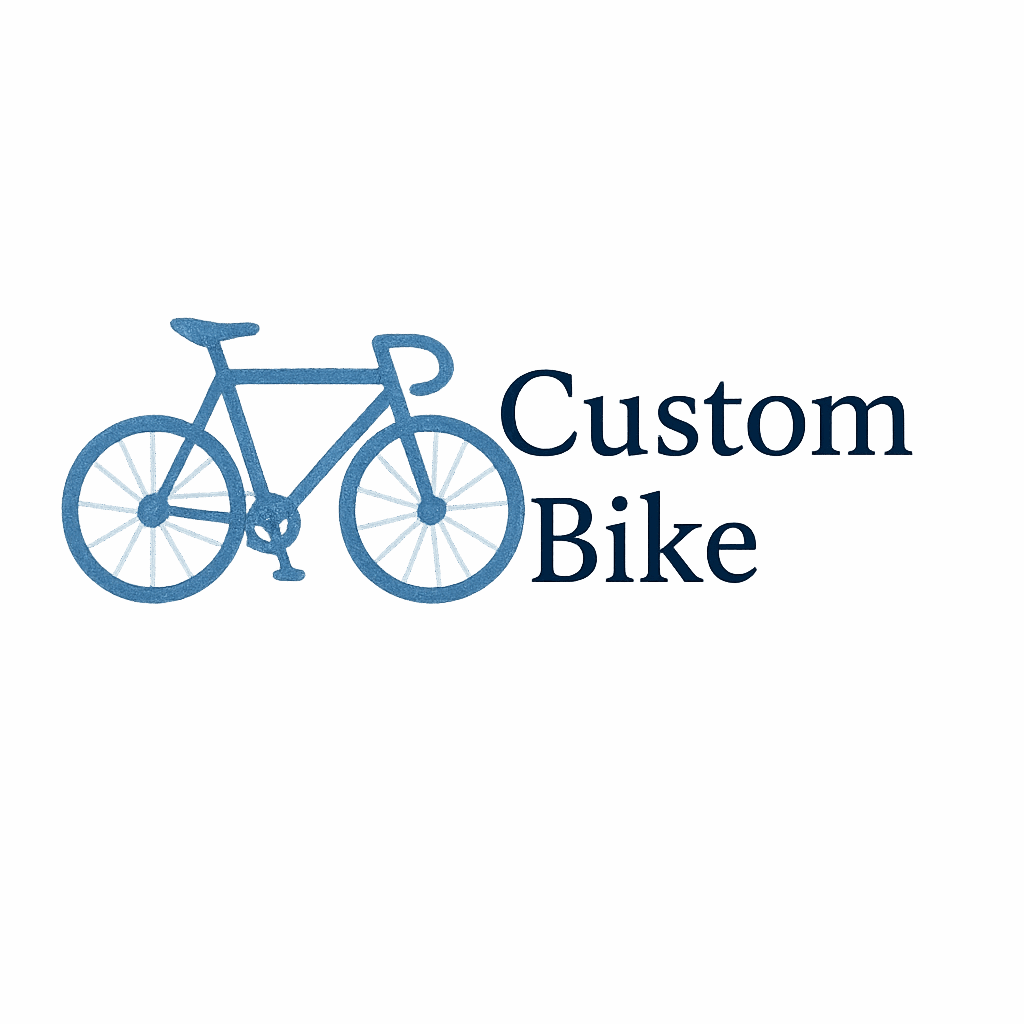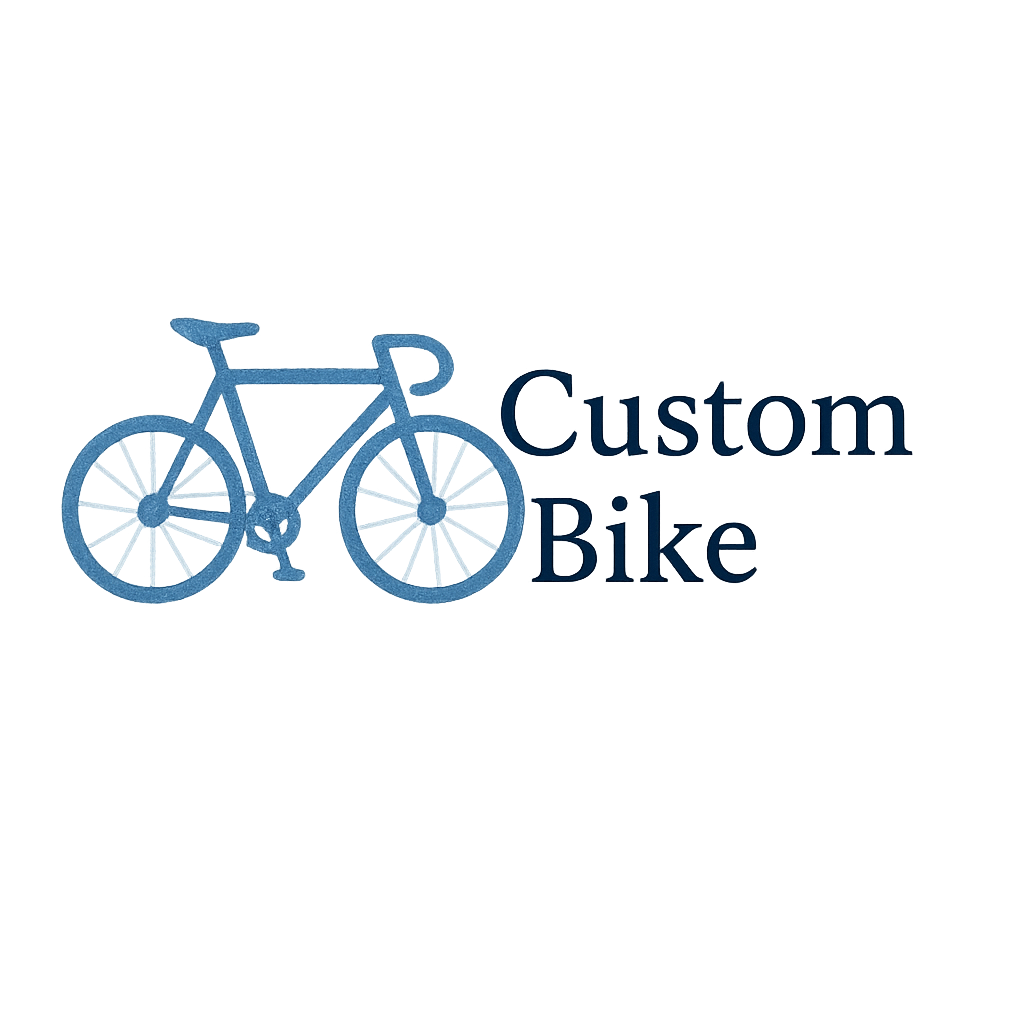Introduction: Why Bike Ergonomics Matter
Let’s be honest—cycling should be fun, freeing, and feel-good. But if you’ve ever finished a ride with sore wrists, aching knees, or a tight lower back, chances are your bike’s ergonomics are off. Just like your office chair or bed, your bike needs to fit you, not the other way around.
Proper bike ergonomics don’t just improve comfort—they can transform your performance, prevent injuries, and keep you riding longer and happier. Whether you’re commuting or racing, your posture on the saddle matters more than you might think.
That’s why we’re diving into 8 custom bike ergonomics tips for better posture, especially tailored for riders who want the perfect fit. Let’s get started.
Understanding Custom Bike Ergonomics
What Is Bike Ergonomics?
Bike ergonomics is all about how your body interacts with your bicycle. It’s the science (and art) of ensuring every touchpoint—from saddle to pedals to handlebars—supports your body in motion.
When customized well, it reduces pressure points, boosts efficiency, and aligns your spine, hips, and joints for a smooth ride.
How Poor Ergonomics Affect Posture
Bad ergonomics? Say hello to numb fingers, aching shoulders, and hip discomfort. Over time, poor posture can lead to chronic issues. Your body compensates in all the wrong ways, and you pay the price in reduced power and painful rides.
Don’t worry—we’re going to fix that.
Tip 1: Dial in the Right Frame Size
Sizing Matters More Than You Think
Your frame size is the foundation of your bike setup. If the frame is too large, you’ll be stretching like a yogi to reach the bars. Too small, and you’ll feel cramped and hunched.
How to Choose Your Perfect Fit
Measure your inseam and match it with the manufacturer’s sizing chart—or better yet, get a professional fitting. For those going the extra mile, explore a custom bike build. That way, every detail is molded around your dimensions and riding style.
Tip 2: Set Your Saddle Height Correctly
The Magic Number for Your Legs
One of the most overlooked (but crucial) tips is adjusting your saddle height. A proper height allows for optimal leg extension, reducing strain on your knees and hips.
To test it, hop on the saddle, and place your heel on the pedal at its lowest point. Your leg should be almost straight—this is your sweet spot.
Common Saddle Mistakes to Avoid
Don’t rely on guesswork. Saddles set too low can kill your efficiency, and too high can cause hip rocking. Re-check it regularly, especially after switching shoes or pedals.
Want to explore more on bike parts? It helps to understand how they all connect to ergonomic setup.
Tip 3: Adjust Handlebar Height and Reach
Avoiding Shoulder and Neck Strain
Your handlebar should support a neutral back and slight bend in the elbows. Too low, and you’re craning your neck like a giraffe. Too far, and you’ll strain your lower back.
Getting the Right Drop
The “drop” is the vertical distance between the saddle and bars. For comfort and better posture, especially on custom builds, this can be fine-tuned with spacers or adjustable stems.
Check out bike design insights to learn how bar setup impacts overall geometry.

Tip 4: Customize Your Crank Arm Length
Power Meets Comfort
Longer cranks aren’t always better. In fact, for shorter riders or those with joint issues, longer crank arms can mess with your pedal stroke and posture.
Who Needs Shorter or Longer Cranks?
- Taller riders: May benefit from longer arms.
- Shorter riders: Typically perform better with shorter cranks.
Custom bike builders often recommend this tweak during fit consultations—something worth exploring if you’re diving into a bike project.
Tip 5: Choose the Right Saddle Shape and Padding
Comfort Is Not One-Size-Fits-All
Saddle discomfort is a huge posture killer. The wrong saddle causes you to shift too much, putting strain on your spine and shoulders.
Popular Saddle Types Explained
- Racing Saddles: Minimal padding, lightweight.
- Comfort Saddles: Wider and padded for upright posture.
- Cut-Out Saddles: Reduces pressure on soft tissues.
Dive deeper into custom-bike care to learn how to maintain your perfect seat fit.
Tip 6: Use Ergonomic Grips and Handlebars
Keep Your Wrists Happy
Wrist pain? Your grips may be to blame. Ergonomic grips reduce pressure and allow for natural wrist angles. Swept-back bars can also help upright riding.
Bar Shapes That Change the Game
Flat bars, drop bars, risers—each has its posture pros and cons. Test a few or speak with a custom bike builder for the ideal combo.
Tip 7: Optimize Pedal and Cleat Position
Foot Angle and Knee Alignment
Your feet play a massive role in your posture. Misaligned cleats can twist your knees and hips out of sync.
When to Go Clipless
Clipless pedals improve control and efficiency. Just make sure the cleat alignment supports a neutral foot angle. Browse performance tips to boost both form and function.
Tip 8: Regular Maintenance and Reassessment
Posture Changes Over Time
Your body adapts, and so should your bike. Weight changes, flexibility improvements, and strength shifts can all affect your posture.
When to Get a Bike Fit Again
If you’ve had an injury or changed your training volume, it’s time for another fit. Regular bike maintenance isn’t just about chains and tires—it’s about posture too.
Bonus Tip: Work with a Custom Bike Builder
Personalization Pays Off
Every rider is unique. A custom build allows you to consider not just body size, but style, terrain, and goals.
Where to Get Expert Help
Looking for inspiration? Check out these niche-focused links:
Or browse Emporium Bikes for everything from ergonomic parts to full custom builds.
Conclusion: Ride Better, Feel Better
Great posture isn’t about looking good—it’s about feeling unstoppable. With these 8 custom bike ergonomics tips for better posture, you’ll ride smoother, longer, and pain-free.
Tuning your ride to your body doesn’t just improve performance—it’s an investment in your long-term health and enjoyment. Don’t settle for discomfort. Tweak, adjust, and explore the custom route for a ride that feels tailor-made—because it is.
FAQs
1. How do I know if my bike ergonomics are off?
If you regularly feel pain in your neck, back, wrists, or knees, your setup likely needs adjusting.
2. Can I improve posture on a standard bike, or do I need a custom one?
You can make ergonomic tweaks on any bike, but a custom bike allows the highest level of personalization.
3. How often should I reassess my bike fit?
At least once a year or after any major body changes (weight loss, flexibility, injury, etc.).
4. Are clipless pedals worth it for posture improvement?
Yes—if aligned properly. They can enhance efficiency and balance, supporting better posture.
5. Should I work with a professional for bike fitting?
Absolutely. A pro fit ensures your setup supports your unique build, especially if you want optimal performance.
6. What’s the most important ergonomic tweak for beginners?
Start with saddle height and handlebar reach—they make the biggest difference right away.
7. Where can I learn more about ergonomic components?
Explore bike parts and components or visit Emporium Bikes for guides, parts, and inspiration.


